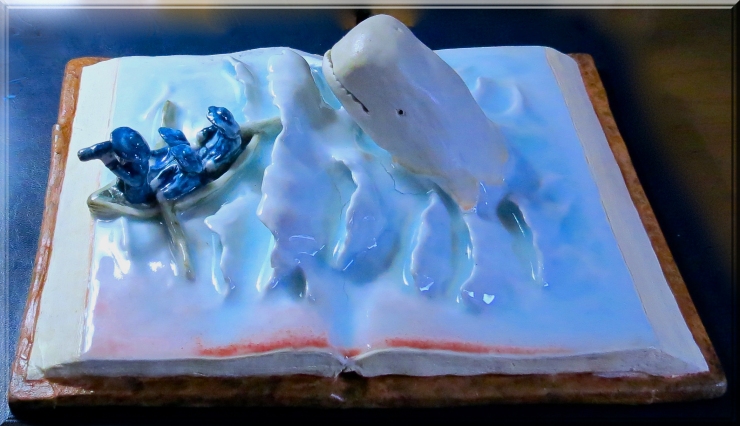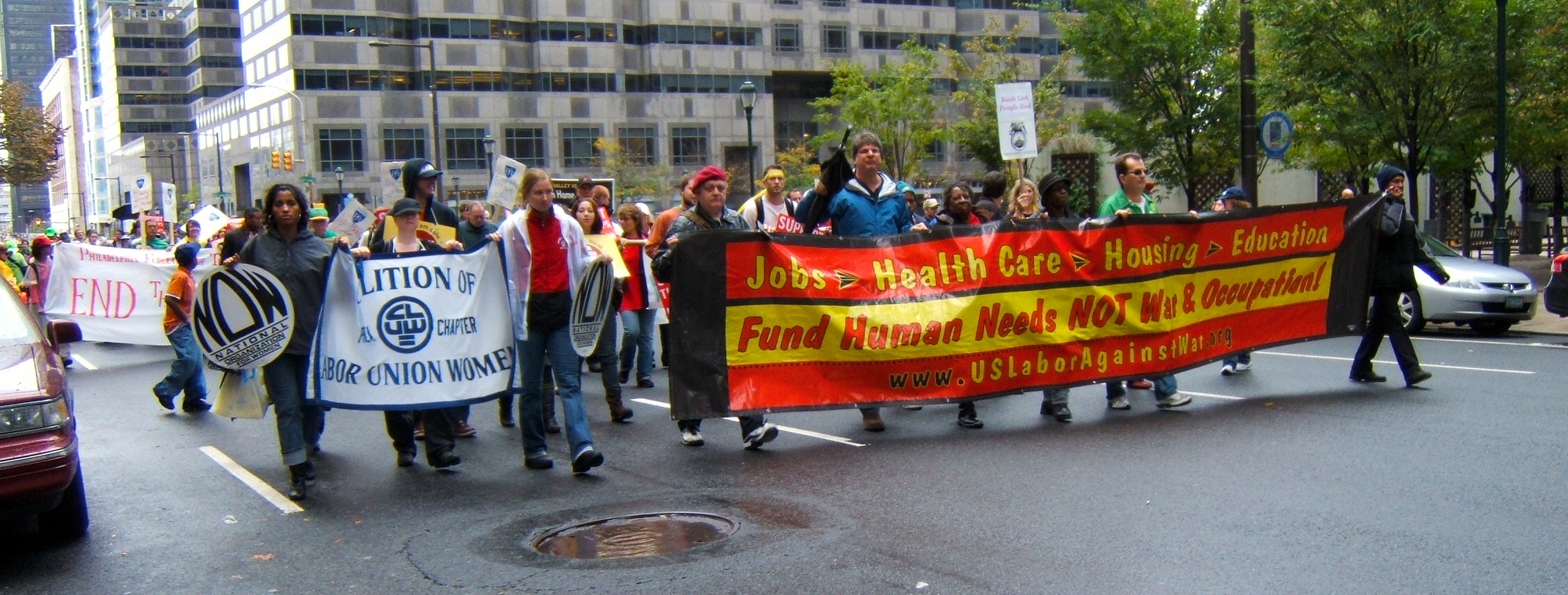Perhaps the only thing the Left and Right might agree on is that the author pokes fun at politicians . . . “of any stripe, who had no regard for how folks had to live and get by.”

If you think that you might have any interest in reading Education of Little Tree, I’d suggest doing that before reading further in this blog post. I was glad I had read the book before knowing the back story on this novel.
Everyone Banned this Book!
I seem to have found myself embroiled in plenty of controversies and heated debates in my life, even down to my favorite book: Education of Little Tree. For me this touching story spoke to a longing for loving and enduring relationships in childhood, while offering the wisdom to live a thoughtful life through deep insights into human psychology. The name of my blog derives from a story in Little Tree, explained on the Welcome Page.
This book appears on the banned book lists on the Right because of profanity, references to sex and negative portrayals of charity organizations and Christians. Critics on the Left condemn the author, Forrest Carter, a.k.a Asa Carter, who as a white supremacist and one-time member of the Ku Klux Klan, wrote hate speeches for George Wallace. Critics became infuriated at the first categorization of the book as an autobiography. Some in the Native American community labeled the book a hoax. “Why do they [white people] prefer fake to real, when it’s about Indian people/history/phony mysticism?” (Guise).
Upon learning about the controversy around the author, I felt that becoming familiar with Native American literature might offer other perspectives. I enrolled in Native American Autobiography, taught by a professor from the Seneca tribe. As part of the requirements of the course, I wrote a research paper on Little Tree.

Appalachian Mountains
Controversy Surrounding the Author’s Identity
There’s no denying that Forrest Carter was a speechwriter for George Wallace, penning the words, “Segregation, Now. Segregation Forever.” Carter’s life was peppered with most despicable incidents of racial hatred.
One wonders how Carter could write articles for The Southerner, a white-supremacist publication, within a few years of writing Little Tree? Carter’s own family provides contradictory testimonials as to his motivation in writing this book. Talking to a reporter in 1984, Carter’s brother, Doug, said that Asa’s writing was a scheme to raise money for a political comeback in the ’80s. Carter’s widow, India Walker Carter, faxed a letter to Carter’s original editor and agent saying that “the philosophy in Little Tree was so much of part of Forrest’s being . . . he did not write Little Tree to make a fool of anyone . . . he didn’t have to change, to write this book” (McWhorter). In an interview India said that Little Tree was a “pastiche of family legends” that Forrest used to tell his children (McWhorter).
Did Carter remake himself or does it matter?
In order to answer this question, consider two issues:
1. Do we assess only the merit of the art, or are we obligated to also investigate and analyze the motives of the writer/artist? Consider . . .
- Should we discount the Constitution because one of the primary contributors, Thomas Jefferson, owned slaves?
- Beethoven beat his musicians; should we refuse to listen to the 9th Symphony?
- Uncle Tom’s Cabin is credited with helping to fuel the abolitionist cause before the Civil War, but the book also created and spread common stereotypes about African-Americans. Should the book be discredited?
I’m sure we could add many other examples.
2. How do we decide “authenticity” of a book? Critics claimed that the book was not autobiographical because some major factual elements of the story were not true.* In authenticity, the facts may not add up to historical truths (although in researching the Trail of Tears and Indian schools, I found Carter was reasonably close to the facts) but a novel can capture the essence of humanity that cannot always be revealed in language of factual discourse. Perhaps Carter should not have claimed originally “an autobiography” . . . but maybe he wanted the story to be his autobiography.
Summary and History
Set in the Smoky Mountains of Tennessee during the Depression era, the story begins when the orphaned five-year-old Indian boy, Little Tree, ascends the mountain that will be his new home with his grandparents. His “full-blood Cherokee grandmother and his “half Scot but thought like an Indian” grandfather educate Little Tree by reading to him and encouraging him to see “the way” of nature including the nature of humankind. He learns the history of the Cherokee nation, hardships of the post-Civil War era, and the injustices suffered by sharecroppers. Little Tree experiences the forced separation from his grandparents by the government, whose agents send him to one of the notorious Indian boarding schools.
Upon publication by the University of New Mexico Press, the book was widely reviewed, almost universally acclaimed and was number one on the New York Times nonfiction paperback bestseller list. Earning the 1991 Abby Award, Little Tree has now sold almost a million copies.

Smokey Mountains in the Morning
Understanding Asa Carter through his Own Words
Forrest Carter and Asa Earl Carter were the same man. In the first chapter in the book, Asa was both the Indians getting on the bus and the people sitting in the seats. He understood hatred from both views and portrayed that hatred, not in bitter remembrances but rather as a view of human nature that sometimes humans are “sick” or unwell (mentally or physically) and that requires the understanding of that pain. Part of Carter was revealed in the character of Wilber, the boy who stood in the lineup for adoptions, secretly hopping someone would adopt him but never being chosen. “His anger showed in that he said he would kill everybody that run banks and orphanages . . . Wilber cried at night . . I never let on I knew, for he stuck his blanket in his mouth, which I figured he didn’t want anybody to know” (F. Carter, 189).
Is Little Tree a mischievous deception? I would suggest that Carter’s agonies, forged during his boyhood in rural Alabama—a hotbed of racist bigotry—and his probable alcohol addiction, followed him to the grave. Carter knew injustice even if he could not wrestle the demons of hatred from his own mind. Whetted by alcohol, Carter never escaped verbal or physical violence. His life ended in a drunken brawl with his own son (Bowlings). His death certificate stated, “aspiration of food and clotted blood due to a history of fist fight” (Rubin). Forrest Carter’s wrote his last novel, Watch for Me on the Mountain, just a year before he died; but unlike Little Tree this novel describes in horrific detail scenes of violence and death. Perhaps the following passage from that novel best captures Carter’s impasse that seems to have followed him to the very last moments of his life,
Geronimo! Trying to say the name, coughing great gushes of blood from his mouth, he fell against the wall. It was a trick? He felt hurt at the unfairness of it all (156).

Waterfall in the Blue Ridge Mountains
How do you look at art . . . just on its own merits or do you consider the creator? Should any publication ever be banned?







